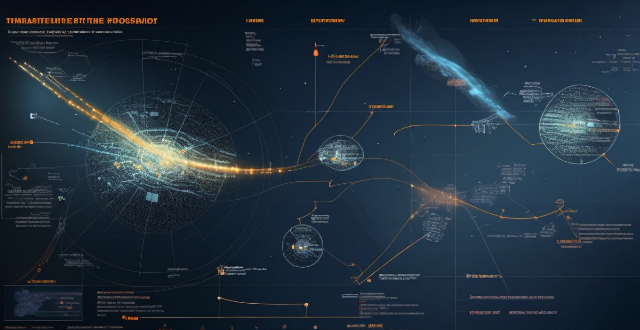Communication satellites are vital for disaster response and relief efforts, providing real-time information, surveillance, coordination, emergency communications, and aiding search and rescue operations. They enable quick decision-making and efficient resource allocation during emergencies.

Communication Satellites: Aiding Disaster Response and Relief Efforts
Introduction
Communication satellites play a vital role in disaster response and relief efforts. They provide real-time information, enabling quick decision-making and efficient coordination of resources during emergencies. This article delves into the various ways these satellites contribute to managing crises effectively.
Real-Time Information and Surveillance
*Immediate Situational Awareness*
Communication satellites offer immediate situational awareness by providing real-time images and data from affected areas. This is crucial for assessing the extent of damage and prioritizing relief efforts.
*Enhanced Surveillance Capabilities*
With advanced surveillance capabilities, communication satellites can monitor the progression of natural disasters like hurricanes or floods, allowing responders to anticipate potential trouble spots and plan their actions accordingly.
Coordination and Command Center Operations
*Centralized Coordination*
Satellite communication enables centralized coordination among various agencies involved in disaster management. It facilitates seamless sharing of information, ensuring all parties are on the same page regarding the situation and required actions.
*Command Center Operations*
Satellites support command center operations by providing constant connectivity. This allows for effective distribution of resources, rapid deployment of personnel, and timely delivery of supplies to where they are needed most.
Emergency Communications
*Restoring Communication Networks*
In disaster-stricken areas where traditional communication networks might be down, satellite phones and other satellite-based communication devices become invaluable tools for restoring connectivity.
*Public Safety Networks*
Satellite technology also supports public safety networks, ensuring that emergency services like police, fire, and ambulance can maintain reliable communications even under extreme conditions.
Aiding Search and Rescue Operations
*Location Tracking*
Satellites play a key role in location tracking, helping search and rescue teams pinpoint individuals in distress. This significantly enhances the speed and efficiency of rescue missions.
*Disaster Management Applications*
There are specialized applications designed for disaster management that utilize satellite technology. These apps can provide critical information such as safe evacuation routes, locations of shelters, and updates on the status of loved ones.
Conclusion
Communication satellites serve as powerful tools in disaster response and relief efforts. Their ability to provide real-time information, support coordination efforts, restore communication networks, and aid search and rescue operations makes them an indispensable asset during times of crisis. As technology continues to evolve, it's likely that we'll see even more innovative uses of satellites in disaster management, further enhancing our capacity to respond effectively to natural and man-made disasters.